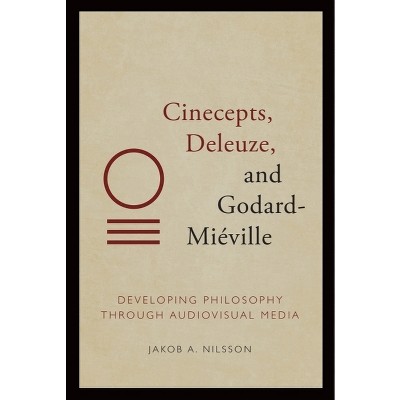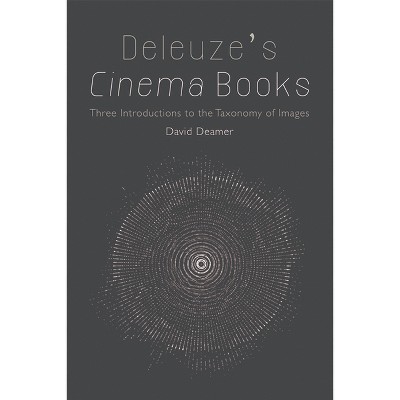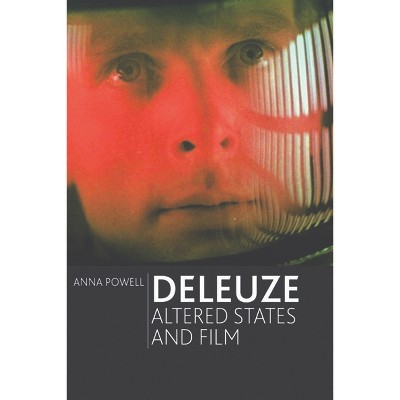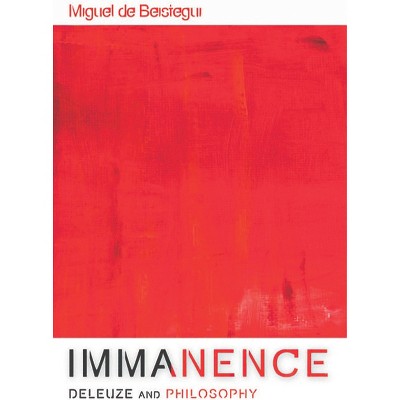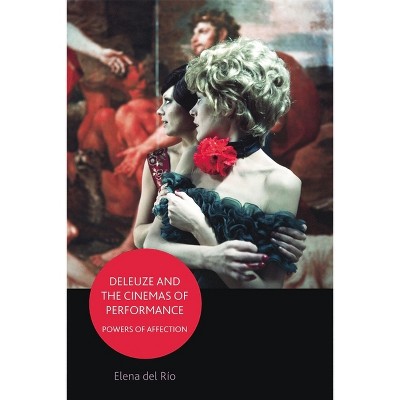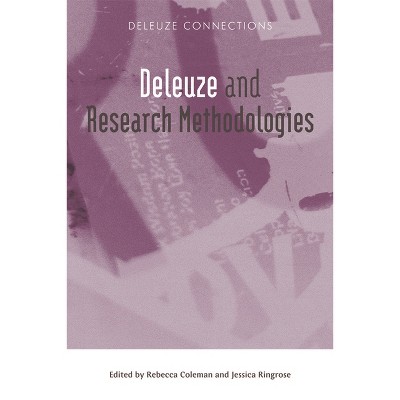The Intensive-Image in Deleuze's Film-Philosophy - by Cristóbal Escobar (Paperback)

About this item
Highlights
- This book argues that the intensive-image constitutes an important cinematic category that prompts a rethinking of Deleuze's taxonomy of images in his Cinema 1: The Movement-Image and Cinema 2: The Time-Image.
- Author(s): Cristóbal Escobar
- 256 Pages
- Performing Arts, Film
Description
About the Book
Introduces the concept of the "intensive-image" to develop a deeper understanding of the part played by intensity in the history of the cinematic imageBook Synopsis
This book argues that the intensive-image constitutes an important cinematic category that prompts a rethinking of Deleuze's taxonomy of images in his Cinema 1: The Movement-Image and Cinema 2: The Time-Image. Escobar explores the proposition that the notion of intensity has the potential to change the way in which we think about Deleuze's classification of films as signifying two separate periods, the classical period of the movement-image and the modern period of the time-image, thereby bringing them together and overcoming the separation that the philosopher creates. This book also explores the ways in which the intensive-image varies and differentiates itself from other images and the role it plays in contemporary cinema.
Review Quotes
Gilles Deleuze's monumental cinema books privileged properties of movement and time, differentiating the classical from the modern. Cristóbal Escobar respectfully re-opens Deleuze's books in order to emphasize a term that cuts across and unifies all these categories: intensity. His contribution is brilliant and radical, leading us to experience films anew.--Adrian Martin, Film Critic, Monash University
Many "movement-image" films that have been thrust off the Deleuzian map contain diffuse flows and asynchronous intensities that expand like activated yeast. Escobar recognizes the creative power of these moments, identifying, with clear argument and acute analysis, a line of intensity that traverses all cinema.--Laura U. Marks, Simon Fraser University
